Description
With the Learning About Earthquakes & Volcanoes Bundle, students can explore deep underground and discover the continental and oceanic crusts, plate boundaries, plate tectonics, earthquakes, tsunamis, the parts and types of volcanoes, and much more through engaging and informative text, a multitude of illustrations, vocabulary practice, and a review. Then they can enhance their vocabulary with Earthquake Terminology and Volcano Terminology Copywork and investigate historic earthquakes and volcanoes with notebooking. See a preview of each title at the links below.
Volcanoes, Earthquakes & Plate Tectonics (Learning About Science, Level 4): Help students explore deep underground with this earth science unit about volcanoes, earthquakes, and plate tectonics. It begins with a review of the layers of the Earth and then explores the continental and oceanic crusts, the lithosphere and asthenosphere, plate boundaries, and subduction. It then explores earthquakes, types of faults, tsunamis, the Richter scale, and several historic earthquakes. The unit concludes with a look at the parts of a volcano, types of volcanoes, indications of a pending eruption, and several historic volcanic eruptions. A multitude of illustrations make these concepts accessible and easier to understand. At the end of the unit, students can review 42 vocabulary words, label the layers of the Earth and the parts of a volcano, and enjoy a review activity. Students can also personalize the book by coloring the illustrations if desired. Answer keys are provided. 33 pages total.
Volcanoes Terminology & Copywork: Help students learn the terminology of volcanoes with this copywork. Students copy 30 keywords and their definitions. Each copywork page also includes a border with geometric patterns that students can color and use to design patterns if they wish. Keywords covered include volcano, magma, magma chamber, vent, geothermal energy, volcanologist, lava, fluid lava, pahoehoe, aa, pyroclasts, tuff, volcanic ash, lapilli, volcanic bombs, pumice, scoria, cinder cone, spatter, spatter cones, hydromagmatic eruption, eruption column, convective rise, lahars, shield volcano, stratovolcano, basalt, dormant, extinct, and Volcanic Explosivity Index. Thirty-six pages total. Available in print and cursive handwriting versions.
Historic Volcanoes Notebooking Journal: With the Historic Volcanoes Notebooking Journal, students have the opportunity to investigate 37 volcanic eruptions from around the world. Volcanoes covered range from 1650 BC to 2010 and have changed history in places including Greece, El Salvador, China, North Korea, Indonesia, Peru, Iceland, Japan, Philippines, Sicily, Ecuador, Guatemala, the United States, Vanuatu, Tanzania, Mexico, New Zealand, Ethiopia, Colombia, Russia, Montserrat, and other places. Space is given for students to record the type of volcano, damage from the eruption, other eruptions at the site, and more. 40 pages total.
Earthquakes Terminology & Copywork: Help students learn the terminology of earthquakes with this copywork. Students copy 20 keywords and their definitions. Each copywork page also includes a border with geometric patterns that students can color and use to design patterns if they wish. Keywords covered are earthquake, crust, upper mantle, lithosphere, seismometer, seismogram, magnitude, Richter scale, hypocenter, epicenter, liquefaction, fault, fault plane, interplate quake, subduction, seismic waves, body waves, surface waves, tectonic plates, and tsunami. Twenty-five pages total. Available in print and cursive handwriting versions.
Historic Earthquakes Notebooking Journal: With the Historic Earthquakes Notebooking Journal, students have the opportunity to investigate 35 earthquakes from around the world. Earthquakes covered range from 464 BC to 2011 and have changed history in places including Greece, Egypt, Italy, Iran, China, Japan, the United States, New Zealand, and many other places. Space is given for students to record the epicenter, magnitude, and more. 38 pages total.

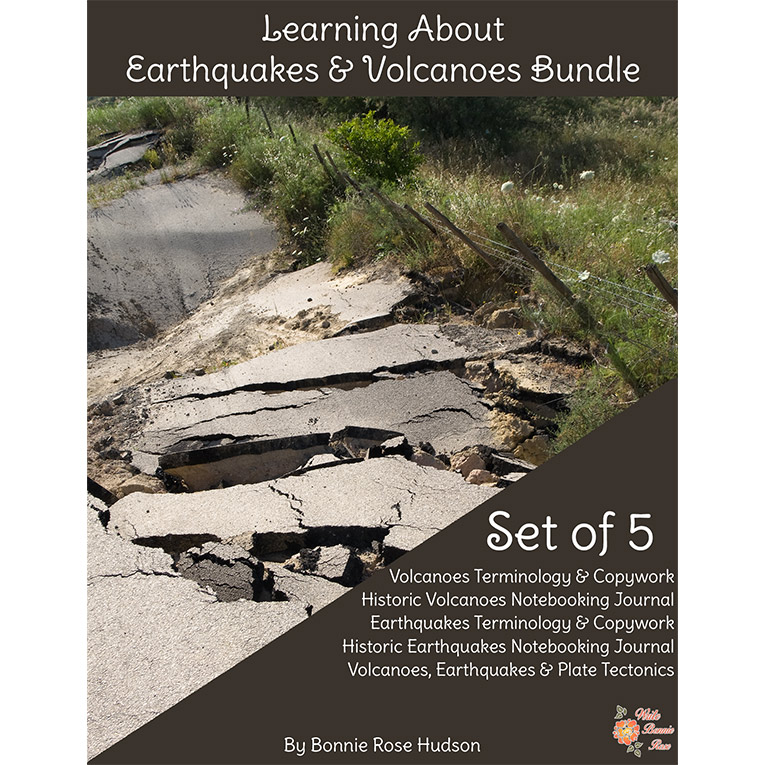
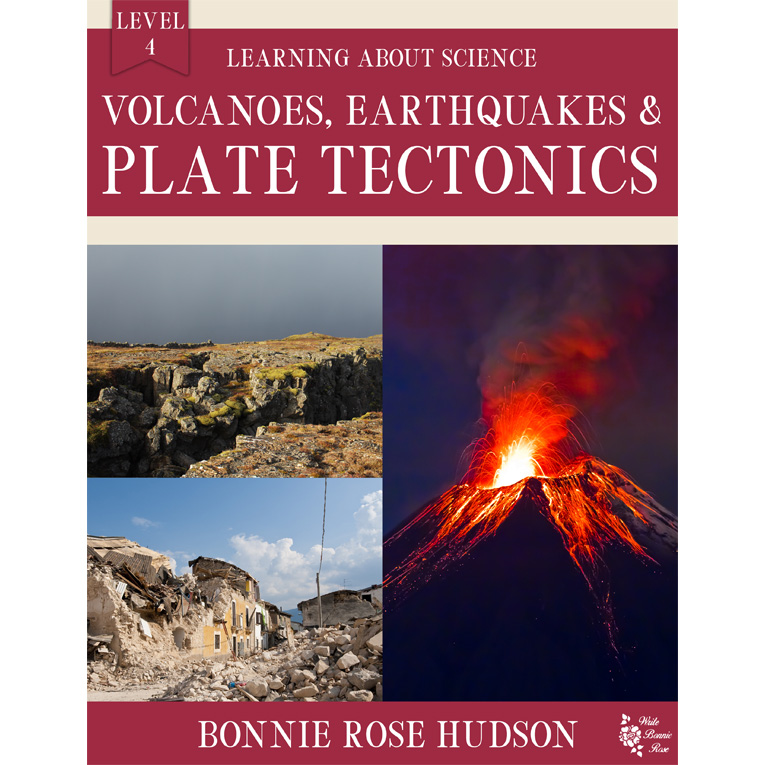
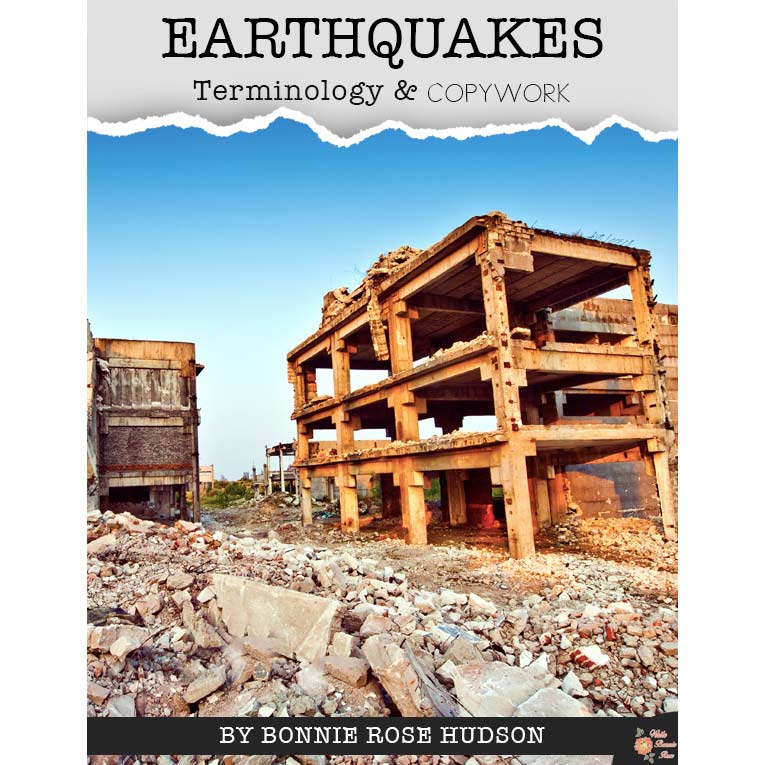
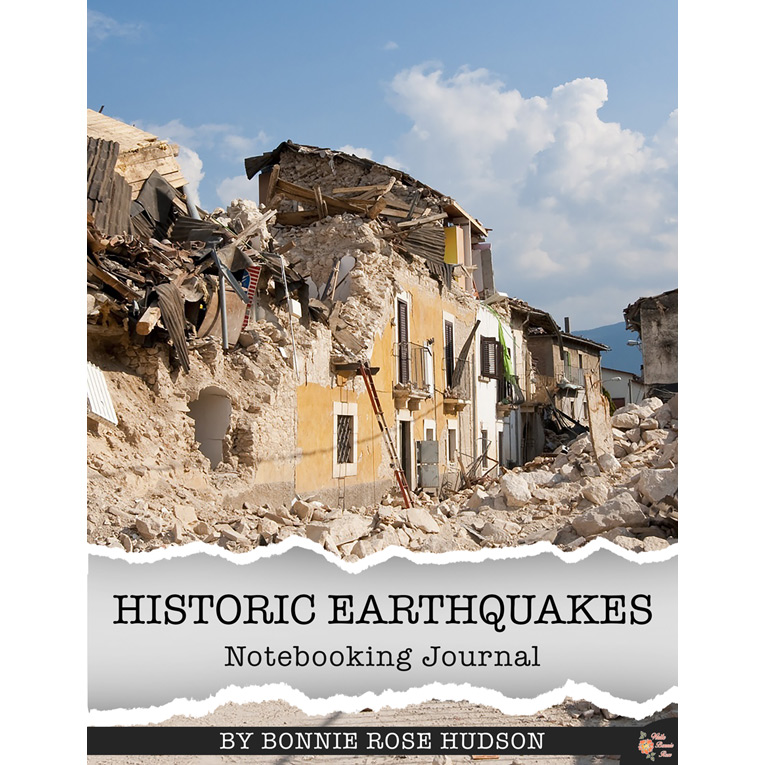
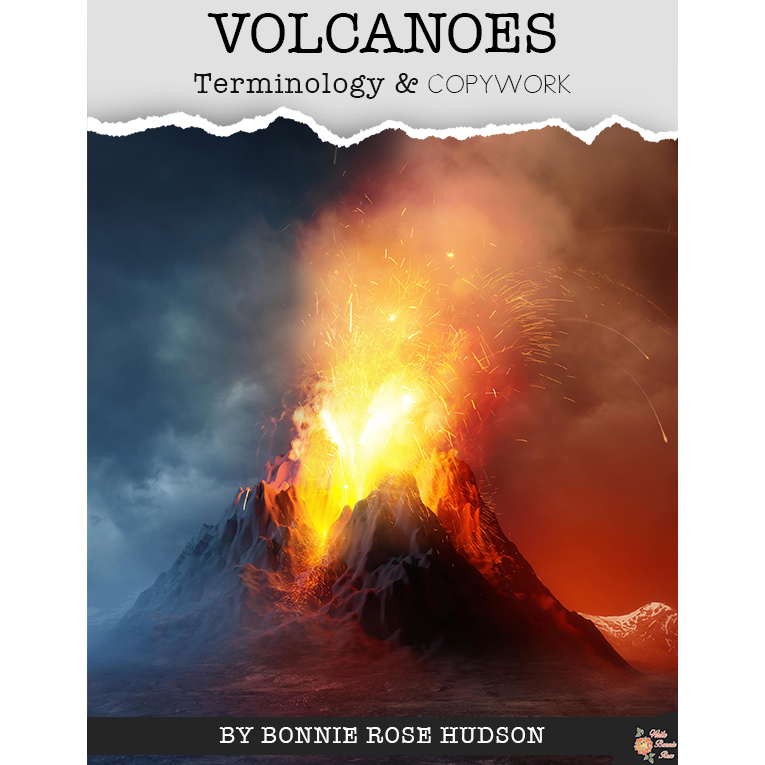
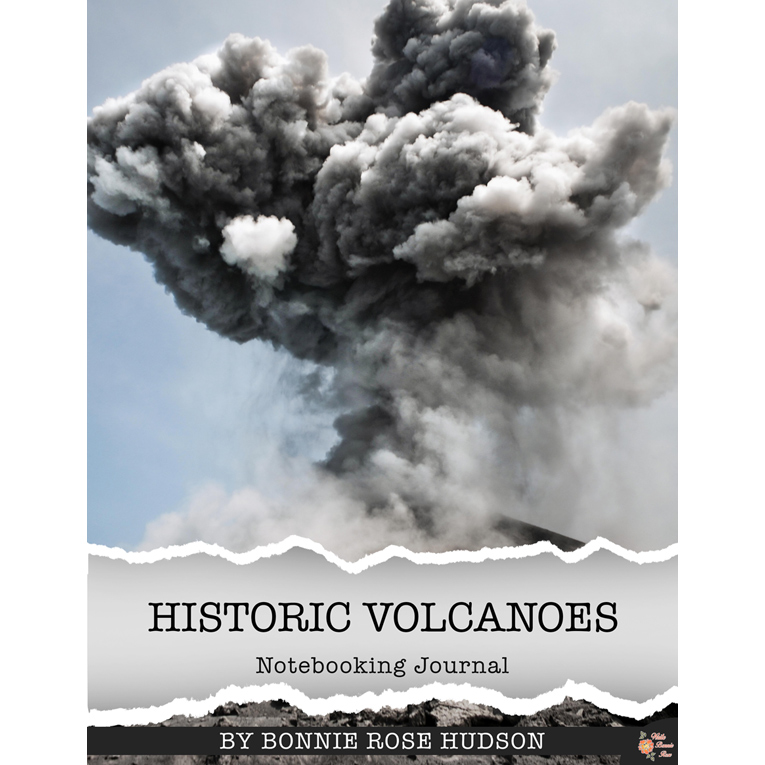
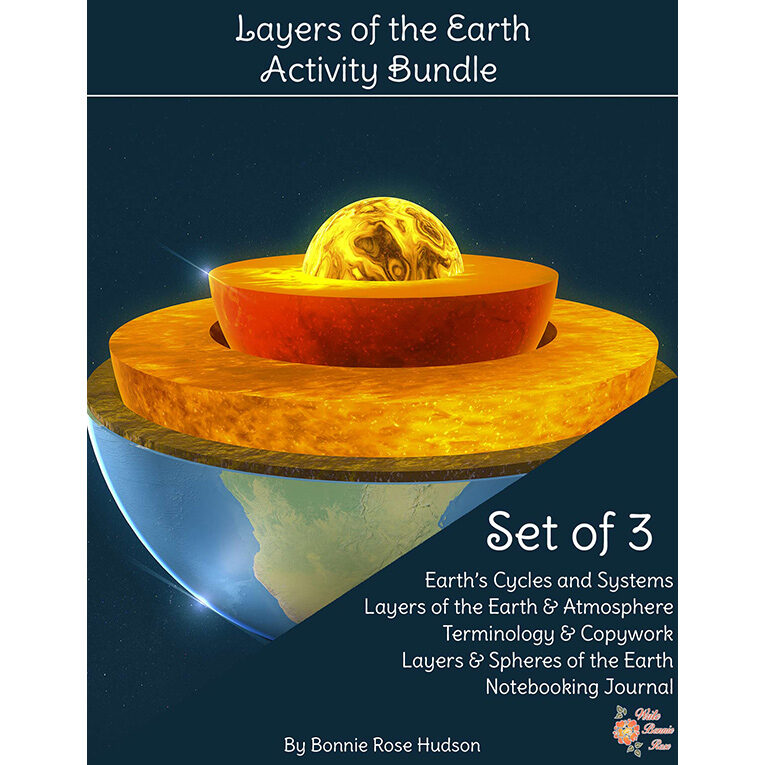
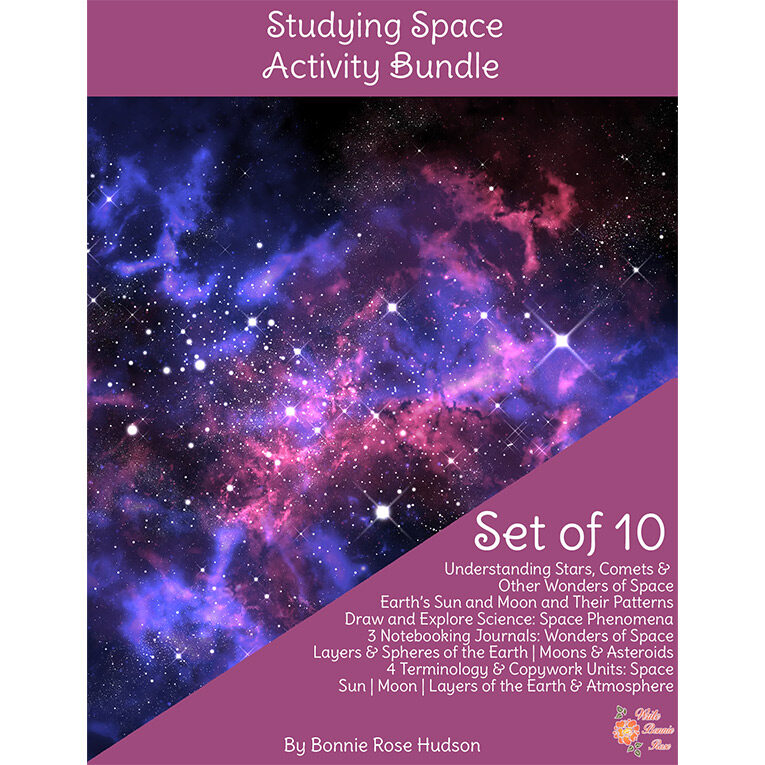
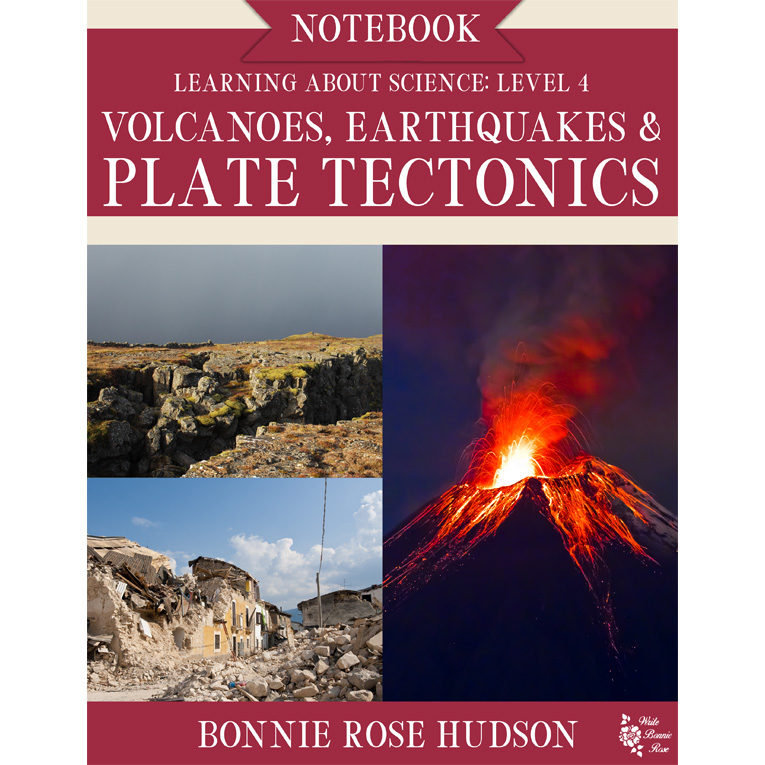
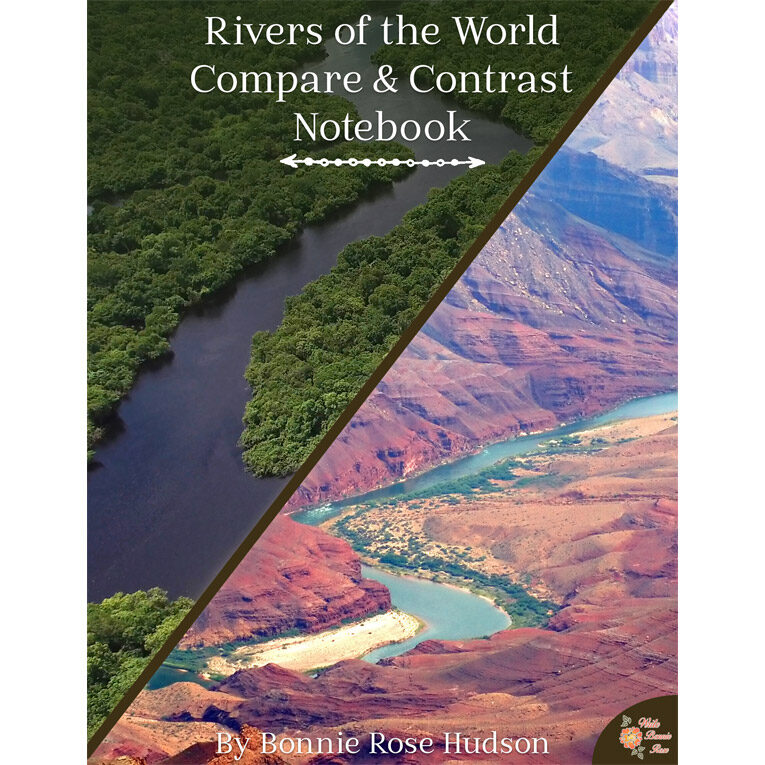
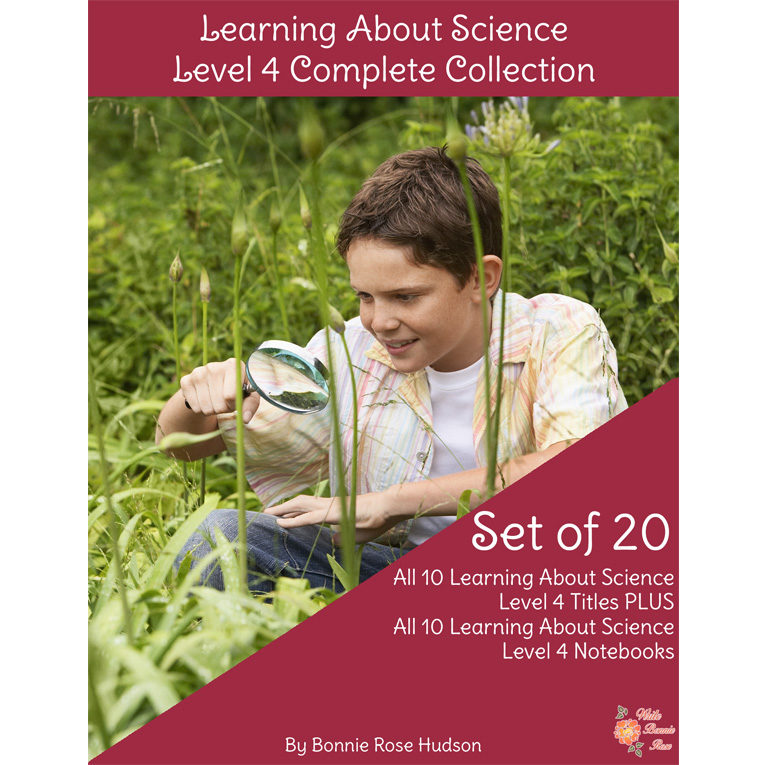
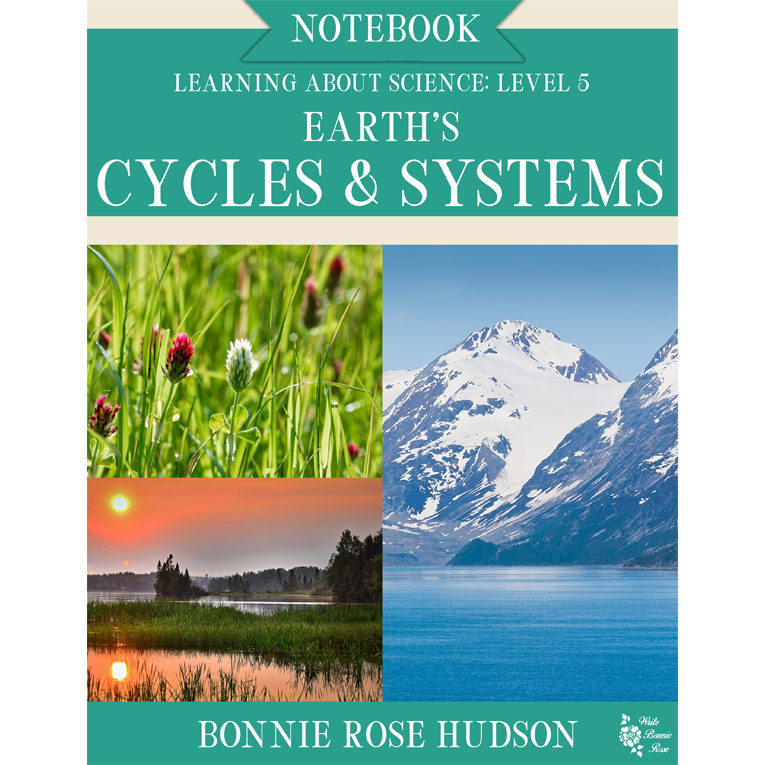
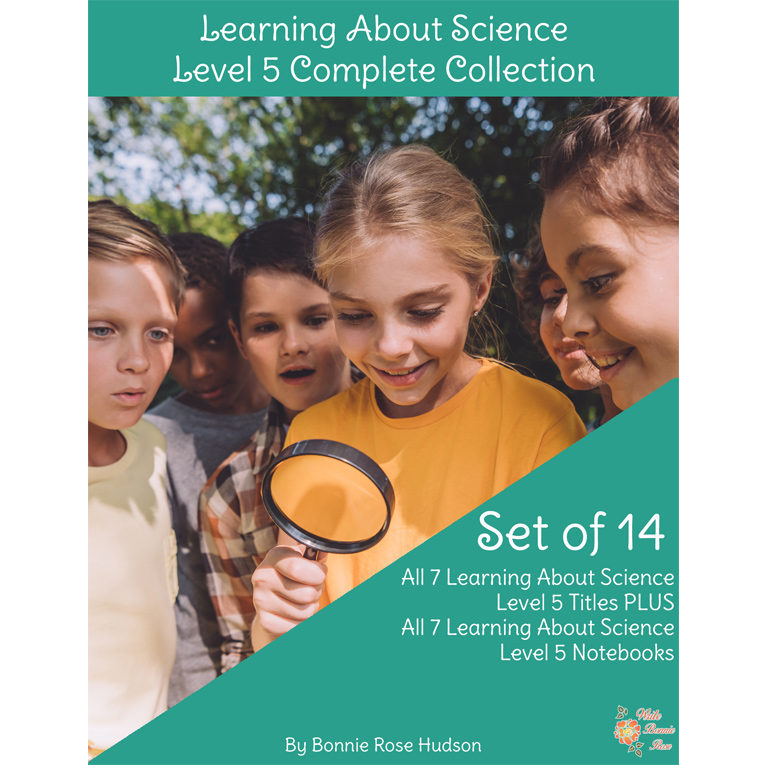
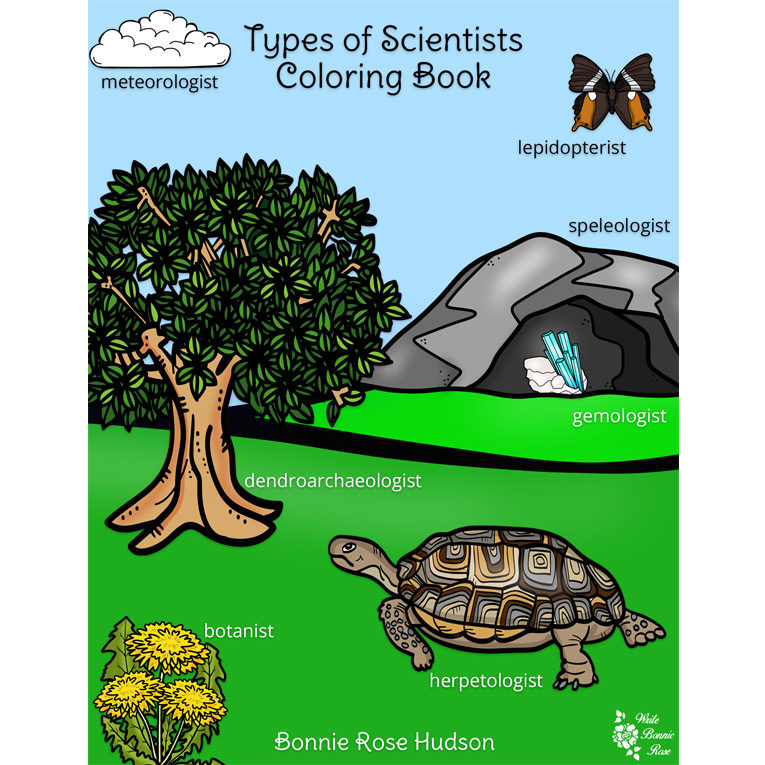
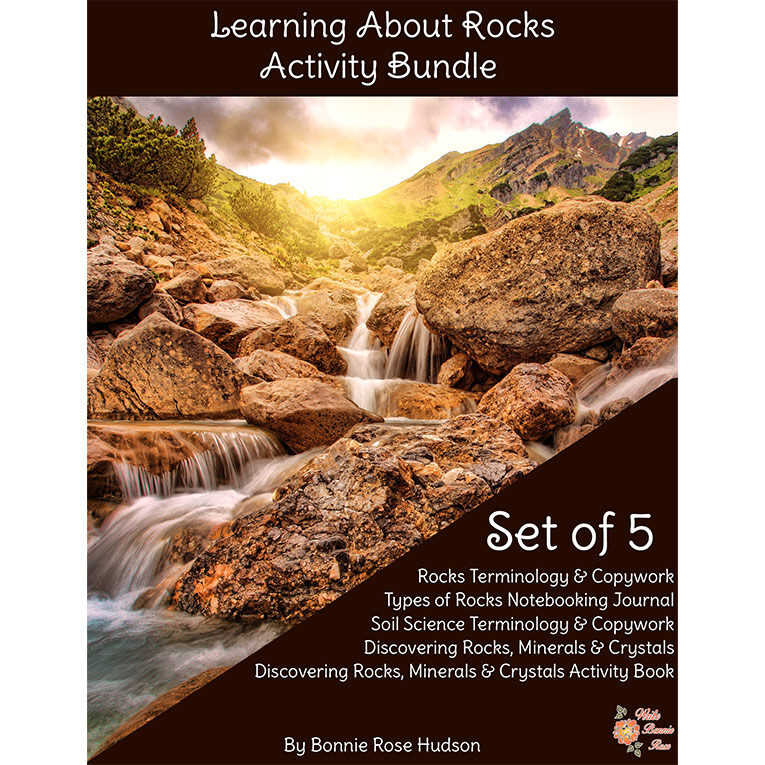
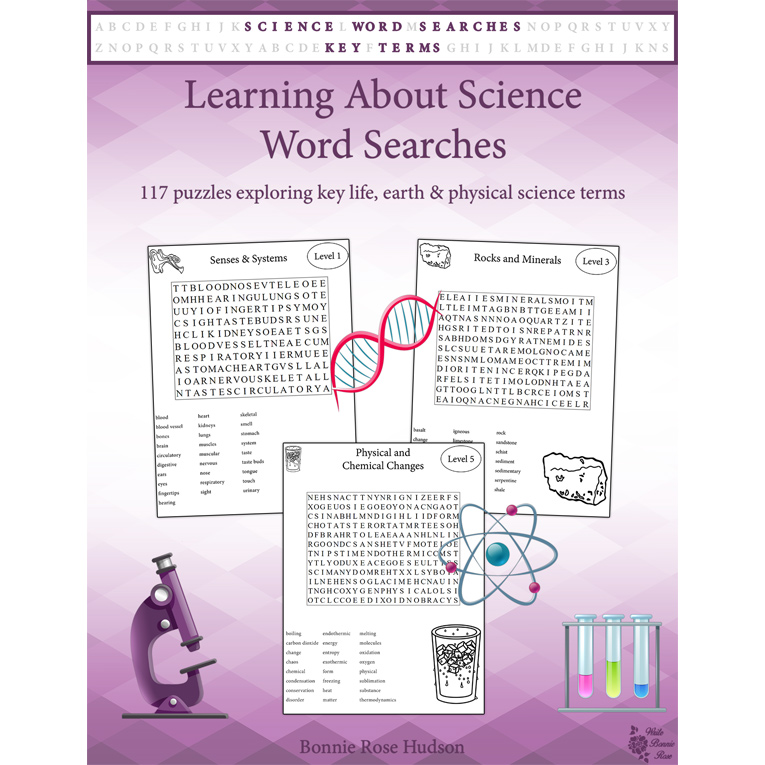
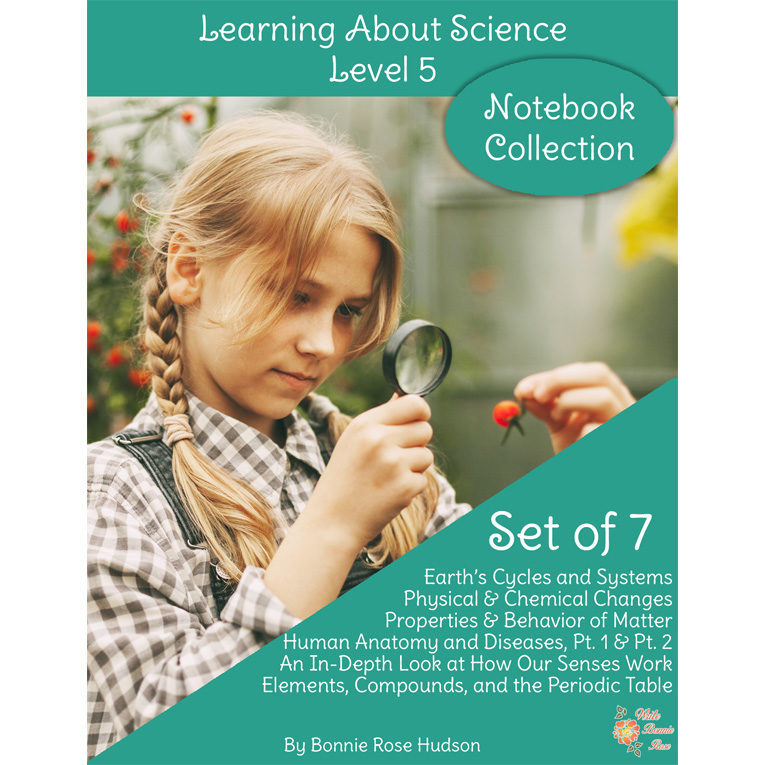
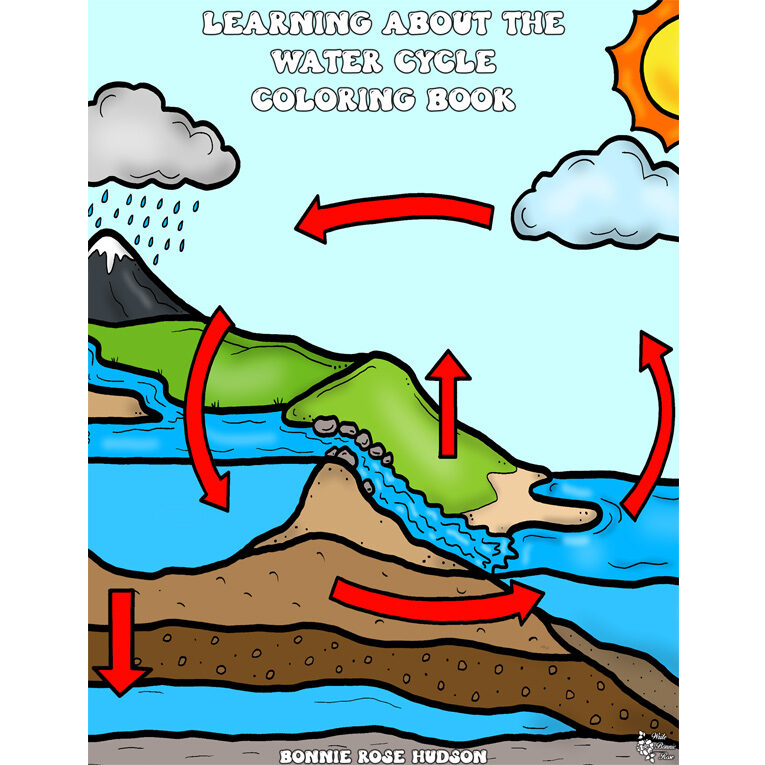
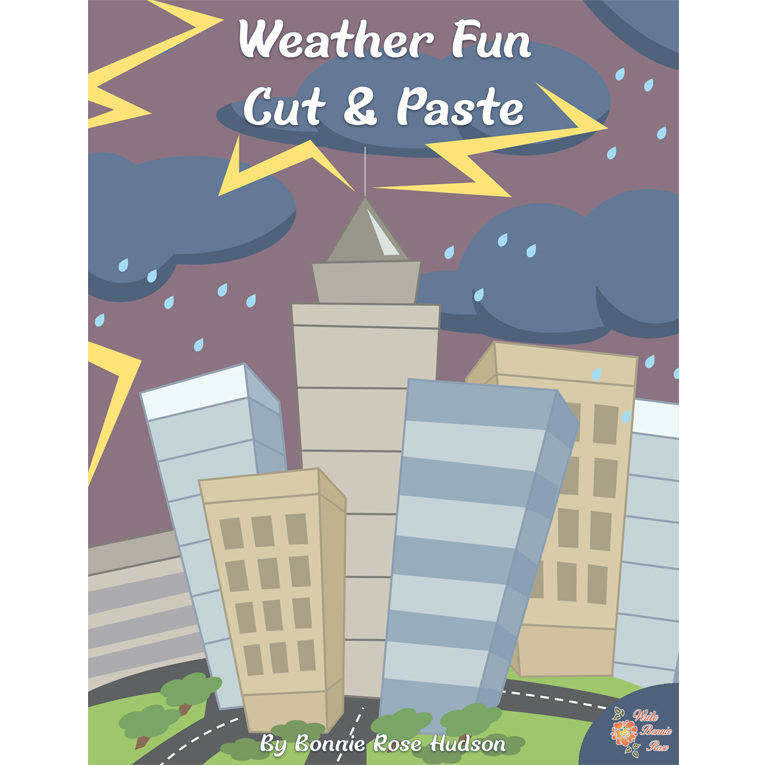
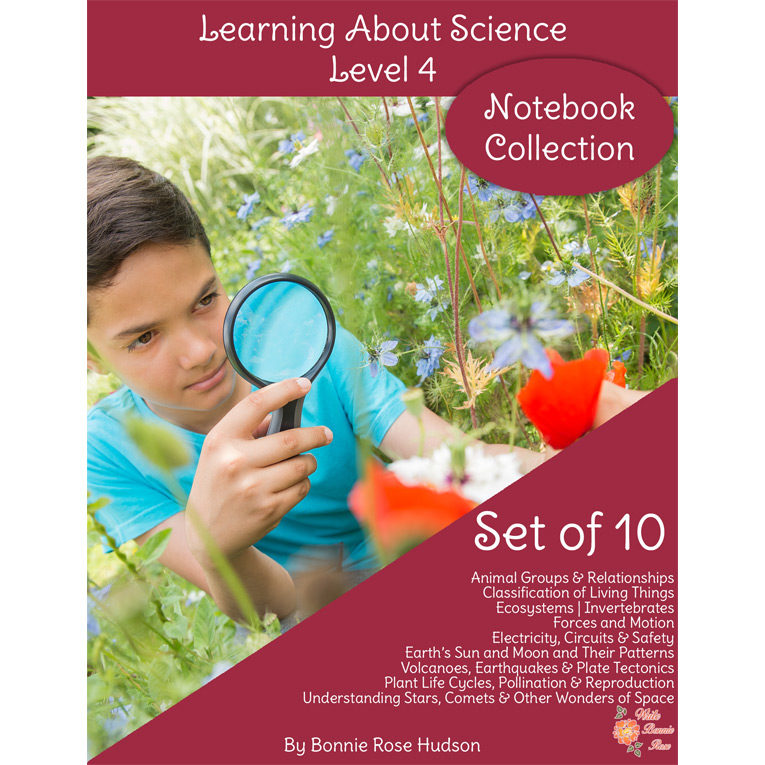
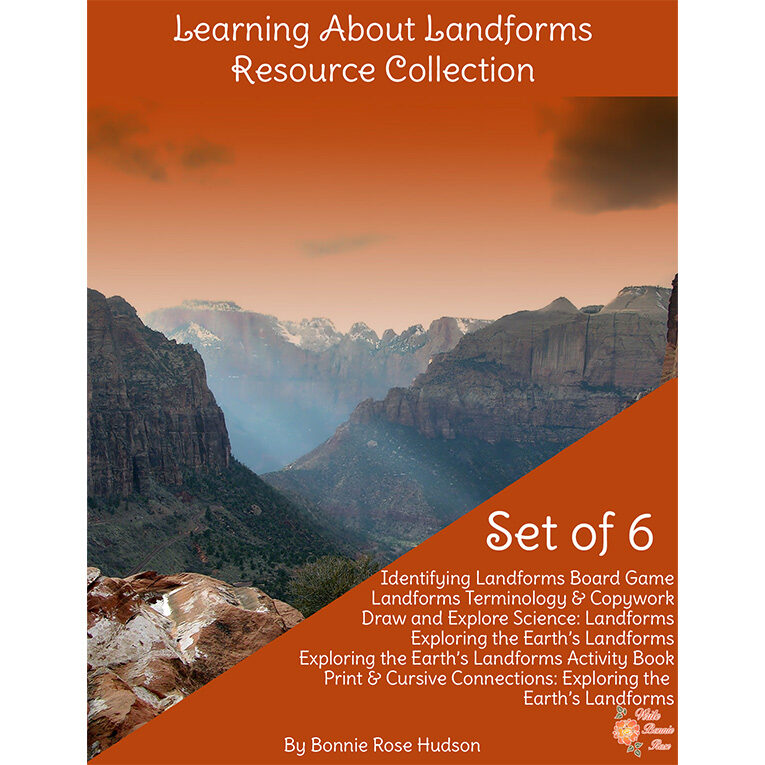
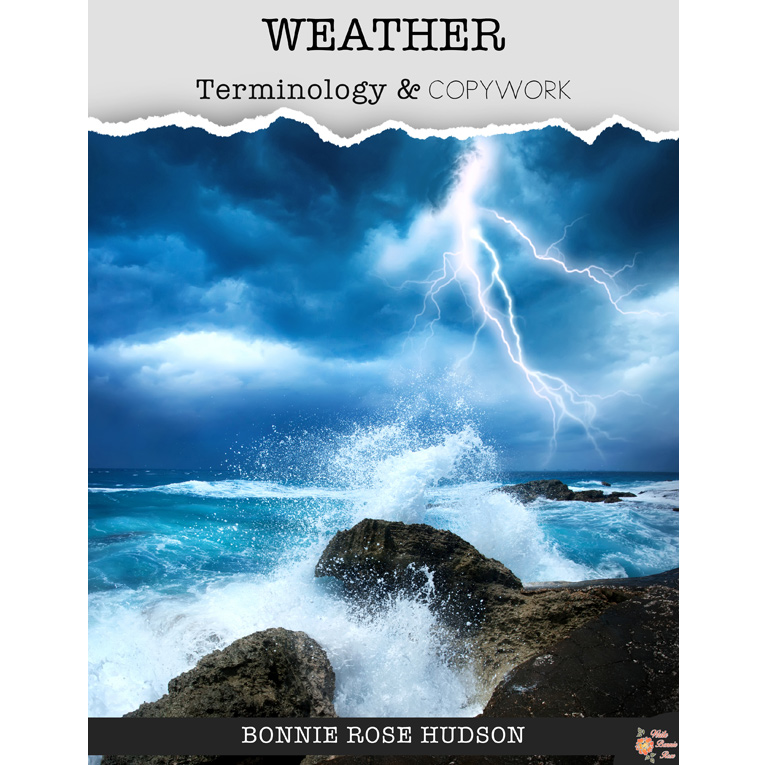
Reviews
There are no reviews yet.